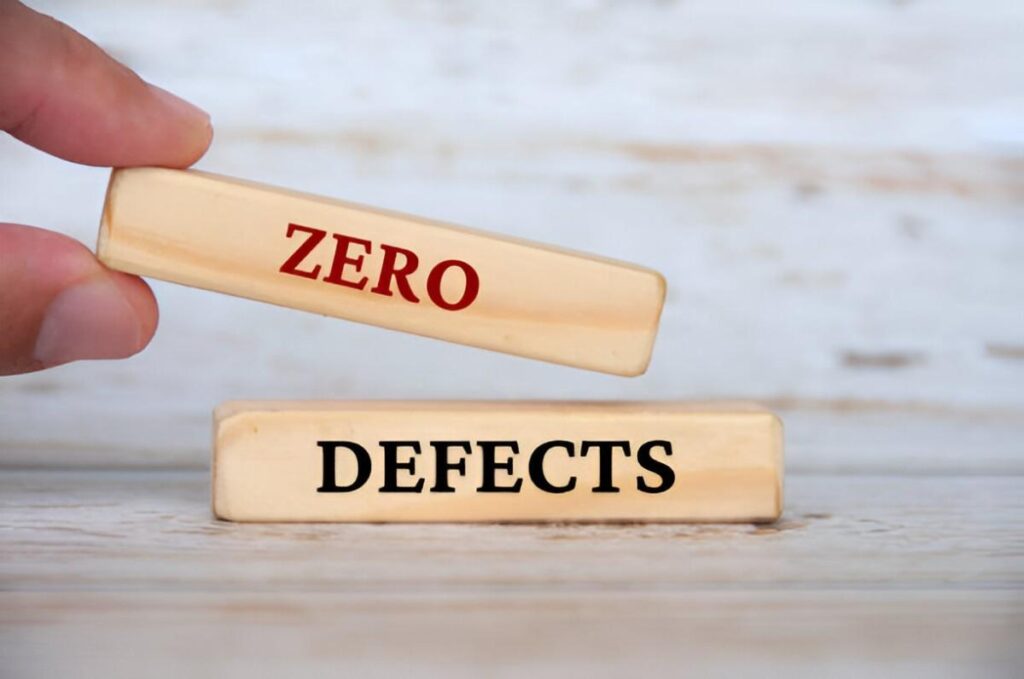Organizational theory helps me understand how businesses and institutions function. It provides a framework to analyze structures, behaviors, and strategies that shape companies. In this article, I explore the core principles of organizational theory, its evolution, and practical applications in modern business environments.
Table of Contents
What Is Organizational Theory?
Organizational theory examines how organizations operate and interact with their environments. It covers structure, culture, decision-making, and efficiency. I see it as a lens to view why some companies thrive while others struggle. The field draws from sociology, psychology, and economics to explain organizational behavior.
The Evolution of Organizational Theory
Organizational theory has evolved over time. Early theories focused on efficiency and hierarchy, while modern approaches emphasize flexibility and adaptability.
Classical Theories (Early 20th Century)
- Scientific Management (Frederick Taylor) – Taylor believed in optimizing workflows for maximum efficiency. His time-motion studies aimed to eliminate wasted effort. For example, if a worker takes t_1 seconds to complete a task, Taylor sought to reduce it to t_2 where t_2 < t_1.
- Bureaucratic Theory (Max Weber) – Weber introduced the idea of a formal hierarchy with clear rules. He argued that impersonal, rule-based systems prevent favoritism.
- Administrative Theory (Henri Fayol) – Fayol identified five key functions of management: planning, organizing, commanding, coordinating, and controlling.
Neoclassical Theories (Mid-20th Century)
These theories shifted focus to human behavior within organizations. The Hawthorne Studies revealed that social factors, not just physical conditions, influence productivity.
Modern Theories (Late 20th Century – Present)
- Systems Theory – Organizations are seen as interconnected systems. A change in one department affects others.
- Contingency Theory – There’s no one-size-fits-all structure. The best approach depends on external factors like market conditions.
- Resource Dependence Theory – Organizations rely on external resources, leading to strategic alliances and mergers.
Key Concepts in Organizational Theory
Organizational Structure
The structure defines how tasks are divided and coordinated. Common types include:
| Structure Type | Description | Example |
|---|---|---|
| Functional | Departments based on expertise (e.g., Marketing, Finance) | Large corporations like IBM |
| Divisional | Units organized by product, region, or customer | General Motors (by brand) |
| Matrix | Hybrid of functional and divisional structures | Consulting firms like McKinsey |
| Flat | Fewer hierarchical levels | Startups like early-stage tech companies |
A company’s choice depends on size, industry, and goals. For example, a flat structure may work for a small firm but could lead to chaos in a multinational corporation.
Organizational Culture
Culture shapes employee behavior and company identity. Edgar Schein’s model identifies three levels:
- Artifacts – Visible elements like dress code and office layout.
- Espoused Values – Stated goals and philosophies.
- Basic Assumptions – Unwritten rules and beliefs.
A strong culture aligns employees with company values, improving cohesion.
Decision-Making Models
Organizations use different approaches:
- Rational Model – Decisions are logical and data-driven. For example, a firm may calculate expected profit E(\pi) = \sum (P_i \times X_i) where P_i is probability and X_i is outcome.
- Bounded Rationality (Herbert Simon) – Decision-makers have limited information and cognitive capacity, leading to satisficing (choosing the first acceptable option).
- Garbage Can Model – Decisions emerge randomly from a mix of problems, solutions, and participants.
Power and Influence
Power dynamics shape organizational behavior. French and Raven’s five bases of power include:
- Legitimate – Authority from position.
- Reward – Control over incentives.
- Coercive – Ability to punish.
- Expert – Knowledge-based influence.
- Referent – Charismatic appeal.
Understanding power helps me navigate workplace politics and leadership challenges.
Applications of Organizational Theory
Improving Efficiency
By analyzing workflows, I can identify bottlenecks. For example, if a process takes T = t_1 + t_2 + t_3, reducing t_2 by 20% cuts total time.
Change Management
Kurt Lewin’s Three-Step Model (Unfreeze-Change-Refreeze) helps manage transitions. When a company adopts new software, employees must first unlearn old habits before embracing the change.
Strategic Planning
Porter’s Five Forces Model assesses industry competition:
- Rivalry among competitors
- Threat of new entrants
- Bargaining power of suppliers
- Bargaining power of buyers
- Threat of substitutes
This framework guides long-term strategy.
Challenges in Modern Organizations
Remote Work Dynamics
The shift to hybrid workforces challenges traditional structures. A 2023 Stanford study found remote workers are 13% more productive but face communication barriers.
Globalization
Multinational firms must adapt to diverse cultures and regulations. Hofstede’s Cultural Dimensions Theory helps navigate differences in power distance, individualism, and uncertainty avoidance.
Ethical Considerations
Corporate scandals (e.g., Enron) highlight the need for ethical frameworks. Stakeholder Theory argues companies should serve all stakeholders—employees, customers, and communities—not just shareholders.
Conclusion
Organizational theory provides tools to dissect and improve businesses. From classical efficiency models to modern contingency approaches, understanding these concepts helps me make informed decisions. Whether optimizing workflows or managing change, these principles remain relevant in today’s dynamic economy.





